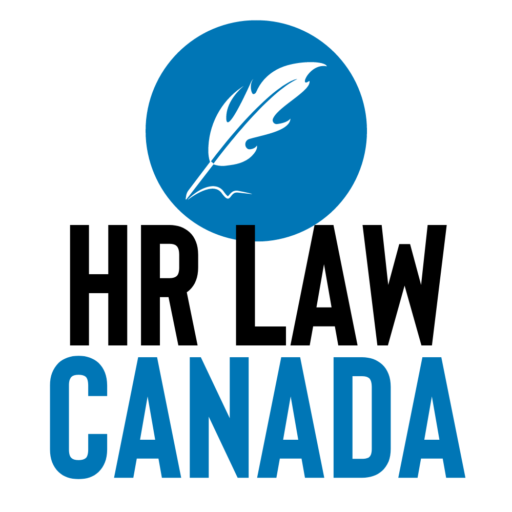If one of your hiring managers sexually harasses – or even assaults – a job candidate during the interview process or during pre-employment testing, can your organization be held liable?
That question came up in 2019 after the CBC broke a story about three female RCMP officers who alleged they were sexually assaulted by a male RCMP doctor — two before they were hired, and the third while applying for a promotion.
The details are disturbing — the doctor allegedly “spent considerable time probing their breasts and pinching their nipples in what he called ‘tweak tests,’” the CBC reported. He also allegedly caressed their legs and backs and “conducted vaginal exams that left them feeling violated.”
The power the doctor had over the women is unquestionable – the medical exam was the last step in the hiring process, and all that stood between them and their dream of joining the national police force or getting a promotion.
Not employees at time of exams
The women applied for compensation from a previous RCMP sexual abuse settlement, but the two recruits who were not on the payroll were denied money because they weren’t employees at the time of the medical exams.
In any sexual harassment or assault case, the perpetrator would clearly be responsible for his actions. But, for employers, the question of liability isn’t as clear cut as you may think.
“(The plaintiff) would have to show that there’s a reasonableness aspect, that the employer owed them a duty of care and that there was some type of foreseeability that that this might occur,” said Katherine Ford, title with Sherrard Kuzz LLP in Toronto. “That can sometimes be the difficult piece.”
Ford pointed me to a 2017 Court of Appeal for Ontario ruling — Ivic v. Lakovic — involving an intoxicated woman who was allegedly sexually assaulted by a cab driver. The appeal court upheld a lower court ruling that the taxi company was not liable for the actions of the driver. The court relied on the principles established in an earlier Supreme Court of Canada ruling, known as Bazley v. Curry.
“A wrong that is only coincidentally linked to the activity of the employer and duties of the employee cannot justify the imposition of vicarious liability on the employer,” it said. It would serve almost no deterrent and would essentially relegate “the employer to the status of an involuntary insurer.”
Courts look for correlation
What a court needs to see is a strong correlation between what the employer was asking its employee to do and the misdeed.
“It must be possible to say that the employer significantly increased the risk of harm by putting the employee in his or her position and requiring him to perform the assigned tasks,” the court said in Bazley.
That might be a difficult argument to make in the case of a hiring manager, with no criminal record and no history of sexual harassment, who acted inappropriately.
But if the employee was a senior executive, or the owner of the company, then the outcome could be different, said Ford.
“If it’s somebody who’s kind of a directing mind – the manager or owner or something like that – then the employer does definitely increase their risk of being liable for that person’s conduct,” she said. “Frankly, most of the time when you’re talking in an interview context, it’s going to be that senior person – where it’s the owner of the business or the president or something like that.”
There’s also a danger that, if a candidate can prove she wasn’t hired because she rebuffed an unwanted sexual advance, there could be liability for discrimination in the hiring process.
The simple fact, as pointed out by the Supreme Court of Canada in Jacobi v. Griffiths, is that society has already put strict punishments in place for sexual assault.
“There may be little an employer can do in reality to deter such conduct in its employees if the possibility of 10 years in jail is not sufficient,” it said.
What should employers do?
Then what should employers do? There are some obvious solutions. Last year, when I was at the Society for Human Resource Management’s annual conference in Chicago, I spoke with a vendor who said some of his clients were placing cameras in interview rooms to deter misbehaviour.
Ford said she didn’t have any legal concerns with that tactic, “so long that everybody consents and understands that is what’s happening.”
But it’s not a panacea. The court in Ivic pointed out that even if taxi companies were forced to install cameras to monitor driver’s behaviour, the cameras could still be shut off or the assault could take place outside the cab.
My mom had a better solution. An elementary school teacher, she had a blanket policy — she would never be alone with a student. That’s a best HR practice, too. There are rarely good reasons to have one-on-one interviews.
“I actually think more employers are moving towards having multi-party interviews, so that people understand what was said but also to have two people taking a look at a potential candidate for compatibility with the organization,” said Ford.
Employers still need to do everything to eliminate sexual harassment and assault in their workplaces — whether it’s customers, job candidates or employees. But it’s interesting to note that courts have set the bar surprisingly high when it comes to shifting liability for egregious conduct from the offending employee to the company itself.




